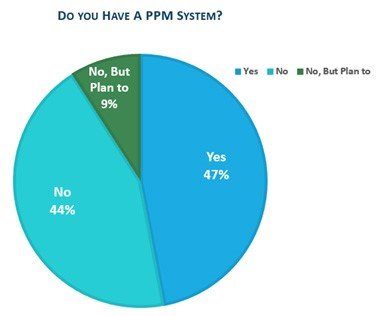Enterprise portfolio management
Any business has a goal to grow and prosper. As this process starts there are several vital things, you should consider, for this growth to be controlled and manageable.
The task of the maturity model for managing portfolios, programs, and projects is to help companies assess the level of development of management now and develop an improvement plan for the future. The hierarchical structure allows the transformation of uncertain development goals into concrete tasks with measurable results. The model has a hierarchical structure and includes 7 process areas:
- Management control
- Benefit Management
- Financial management
- Stakeholder management
- Risk management
- Organizational Management
- Resource management
Practitioners also highlight 5 levels of maturity:
Level 1 – process knowledge
Level 2 – Repetitive Processes
Level 3 – defined processes
Level 4 – Managed Processes
Level 5 – Optimized Processes

The benefit of using such models is that their flexibility allows an organization to evaluate all seven areas on three models, or to evaluate one or several areas on one or several models. This separation allows you to determine the level of efficiency of the company for a particular area, for example, resource management. The first step of maturity is resource management, starting with scheduling. It is also the simplest and almost the finest deliverable within a business entity. To create the controlled business model, that grows your ROI you, and any organization, for that matter, should develop deeper and broader project management practices to mature. These practices are also known as Enterprise Project Management.

Sadly, even today, most businesses don’t start by laying the groundwork for future growth. Thus, every enterprise portfolio management effort starts with satisfying an immediate need to keep projects on track. Though it is simple, it is still essential to the building of an efficient project management practice. The current pace of life and economy dictates, that the “immediate needs” of business can be driven into more diverse areas, such as Demand Management, Business Intelligence, Capacity Planning, and Resource Management.
More so, with the growing trend of “doing more with less”, that literally places scheduling in the forefront. Not only well-developed and flawlessly managed schedules are “a total must” for effective project management, but businesses have also expanded their needs for visibility of resource management, which is tightly tied to scheduling, long ago. Thus, portfolio management took not as a planned course of action, but as a reactive step, making most of the efforts to get all parts of the enterprise-wide portfolio management puzzle in synch, more of a holistic solution.

However, the real need for a robust project and enterprise portfolio management practice has an enormous effect on practitioners, starting with executives and PMOs, to the extent of the newest employees, first day on the job. It makes the work more synchronized, and more flexible; it makes the decision-making process swifter and less “bureaucratic”. Not to mention the organizational culture change. Planning to implement ppm practices while keeping the existing project management practice will create an opportunity to see the relationship between the business’s life cycle and project management practice.
A careful approach to an analysis of the gap between “where you currently are” as an organization and “where you need to be” gives you an advantage. Seeing the gap and knowing the reasons for its existence give you a way to improve, leverage the capacity and introduce proactive forecasting and planning. Recognizing the existence of the gap and analyzing it is the first vital step in the successful adoption of the portfolio management model.

- 62% of organizations quote “capturing time/costs against projects” as their biggest project management challenge.
- 66% of organizations communicate with their clients using their PM software.
PPM solution provides project inventory and furnishes the desired visibility to the entire business. PPM became obligatory for those, who want to manage robust project inventory better, as well as tracking, and reporting the progress more accurately. Once you have the portfolio framework, it becomes very easy to evaluate the benefits and risks of individual projects.
Well-timed visibility is vital to proving the value and influence of projects, as well as the ability to identify a resource or specific skill set demand. Using a platform to increase portfolio visibility, viability, and portfolio-level reporting executives to increase portfolio success. PPM has the potential to deliver leadership with predictive and proactive capabilities to manage constraints and ensure balance within your organization.




